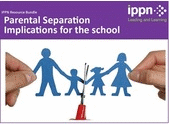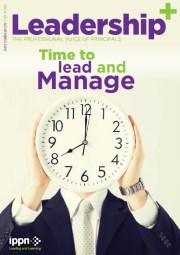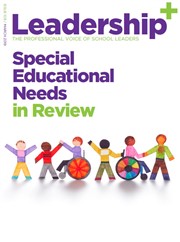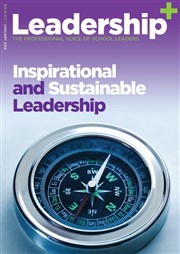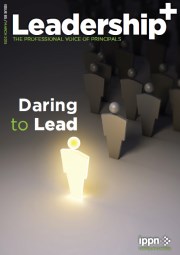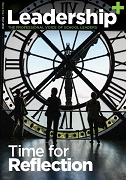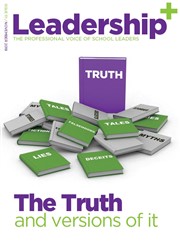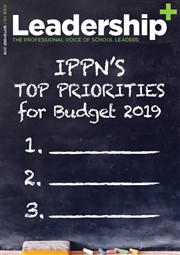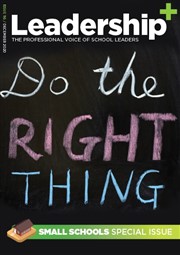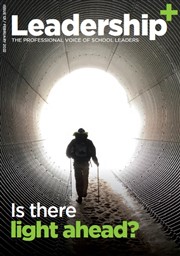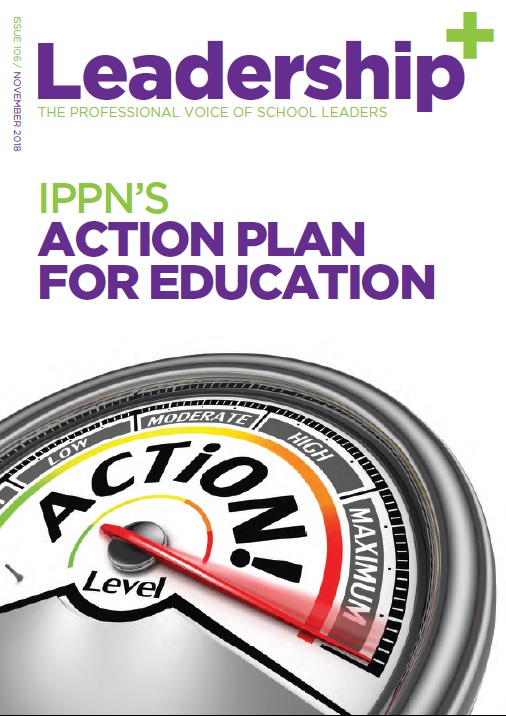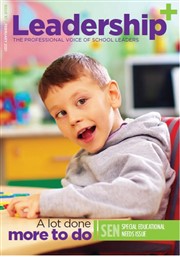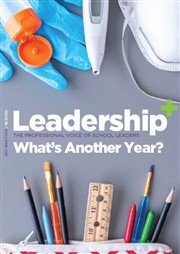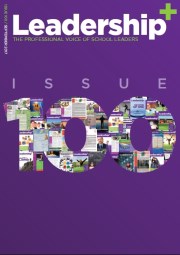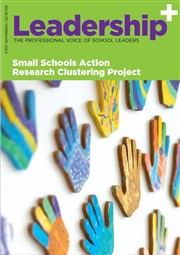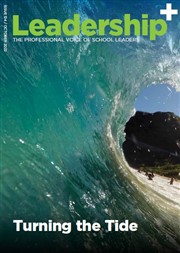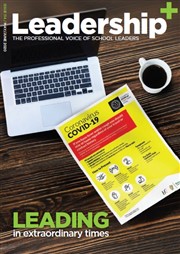Schools to allow hijab but not burqa under new rules
- Published: 24 September 2008
By John Walshe Education Editor
THE hijab is in -- but the burqa is out under new policy rules for uniforms in schools. They were drawn up following controversy over the wearing of the hijab, a square of fabric, folded into a triangle, placed over the head and fastened under the chin.
Education Minister Batt O'Keeffe and Integration Minister Conor Lenihan jointly issued agreement recommendations which were drawn up following consultations and a review of the legal position in Ireland.
They agreed that the current system, whereby schools decide their uniform policy at a local level, is reasonable, works and should be maintained.
"In this context, no school uniform policy should act in such a way that it, in effect, excludes students of a particular religious background from seeking enrolment or continuing their enrolment in a school. However, this statement does not recommend the wearing of clothing in the classroom which obscures a facial view and creates an artificial barrier between pupil and teacher. Such clothing hinders proper communication."
Minister O'Keeffe said this meant the burqa could not be used as teachers could not see the full range of facial expressions of the students. The burqa covers the entire body and has a grille over the face. He was not aware of any cases where students sought to wear the burqa in Irish schools.
It is believed that the niqab is also unacceptable for the same reasons -- the niqab is a veil that covers the face but has a space cut out for the eyes.
The Irish Hijab Campaign has said it welcomed the recommendations although it would have liked to have seen more explicit legislation to protect the hijab.
The group said it was concerned with what it called the less than favourable statement regarding niqab or the wearing of a cloth over the face. It said the niqab was not currently an issue in State schools but it was concerned that highlighting the niqab could only further "objectify an already marginalised group".
The agreed ministerial statement said that schools, when drawing up uniform policy, should consult widely in the school community. They should take note of the obligations placed on them by the Equal Status Acts before setting down a school uniform policy.
They should also be mindful of the Education Act, 1998 which obliges them to have "respect for the diversity of values, beliefs, traditions, languages and ways of life in society".
Teachers' unions welcomed the guidelines but the Irish Council for Civil Liberties said it was disappointed.
"This would appear to be a policy not to have a policy" said council director Mark Kelly.
"Thanks to the good sense of school principals, reason has prevailed and no child has been excluded from school on the basis of their religious dress. However, there is a responsibility on the State to ensure that decisions on such a sensitive issue are taken on a firm, lawful basis, and in a consistent way," he said.
"We need to bear in mind that our existing equality laws permit discrimination in order to maintain the religious "ethos" of a school.
"In the absence of a nationally-agreed and enforceable policy, there remains a danger that individual principals could interpret this to permit them to exclude a child for wearing religious dress, such as the hijab."





